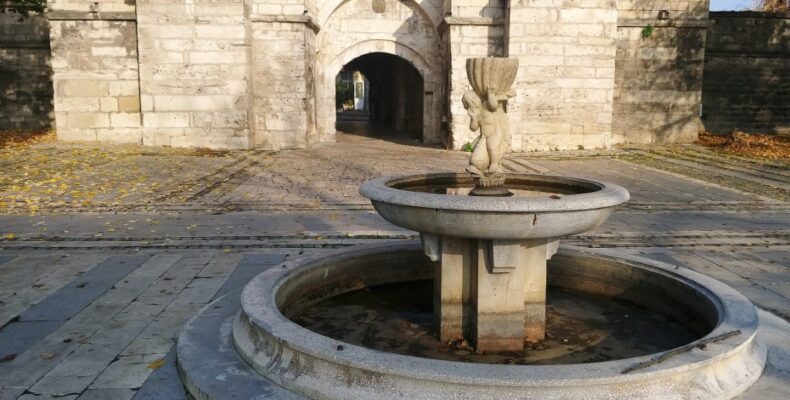The fortress city of Vidin (Bulgaria)
Three large Bulgarian cities are located on the banks of the Danube: Silistra, Ruse and Vidin. All of them have a rich history, each of them is a river port and opposite each of them is the Romanian coast. For a long time, Romania and Bulgaria, separated by the largest river in Europe, were even connected by bridges. In 1952, the first interstate bridge was built between Rusi and Giurgiu, thus connecting two socialist countries, Bulgaria and Romania. Many years later, already in the 2000s, three cities appeared between Vidin and Calafat. Personally, I had to travel between these two states many times and cross the border through each of the three cities mentioned, as well as seeing all three. Today I will talk about the fortress city of Vidin, which, in my opinion, is the most interesting of them all in terms of fortification and history.
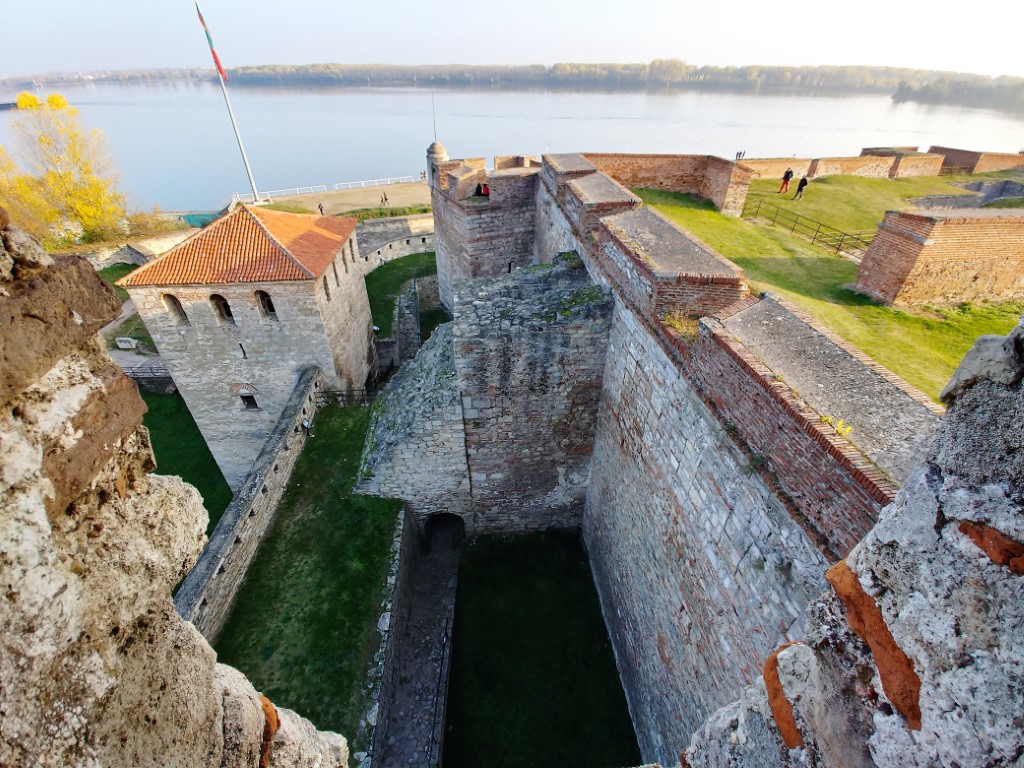
When you tell Bulgarians about Vidin, they wave their hands, saying, “What did you forget there?” For them, not only Vidin, but also the northwest of Bulgaria in general, is the poorest region of the country, where there are the most Gypsies and from where all the healthy residents left for Europe a long time ago. In many ways, the Bulgarians are right, in the sense that the region is striking in its neglect and the scale of depopulation resembles the consequences of an atomic war. You drive along the highway from Sofia and the closer you get to Vidin, the worse things are: semi-abandoned villages, remnants of businesses that stopped a long time ago, unkempt fields, abandoned and rusting agricultural machinery. It’s hard for me to even imagine why everything is so sad in this part of the country. It seems to be closer to Western Europe, transport highways towards Romania and Serbia pass here, the land is fertile, and nature is beautiful. But no! But let’s return to Vidin itself. As already said, this is a fortress city, founded back in the Roman era on the site of the Roman fort Bononia. Later, the city was under the rule of the Ottoman Empire for almost 500 years until 1876 (the Russo-Turkish War), when the city was liberated and became part of the Bulgarian Principality, while in accordance with the Berlin Peace Treaty of 1878, the fortifications of the Vidin fortress were destroyed. It is noteworthy that only the Bulgarians liberated the city from the Turks when the war with neighboring Serbia began. During the Serbian-Bulgarian war in November 1885, the Serbs tried three times to take Vidin by attack, but were repulsed by a weak Bulgarian garrison. Well, after the Second World War, Vidin began to actively develop as an industrial center of socialist Bulgaria. Petrochemical giants, a river port, a ferry crossing to Romania were set up here, and a railway to Sofia was opened. Defense walls. Previously, the walls stretched for four and a half kilometers and all five gates were part of the defense system. But then, as was said, the walls were demolished after the liberation of Vidin from the Turks. Only the gate remained, like this –
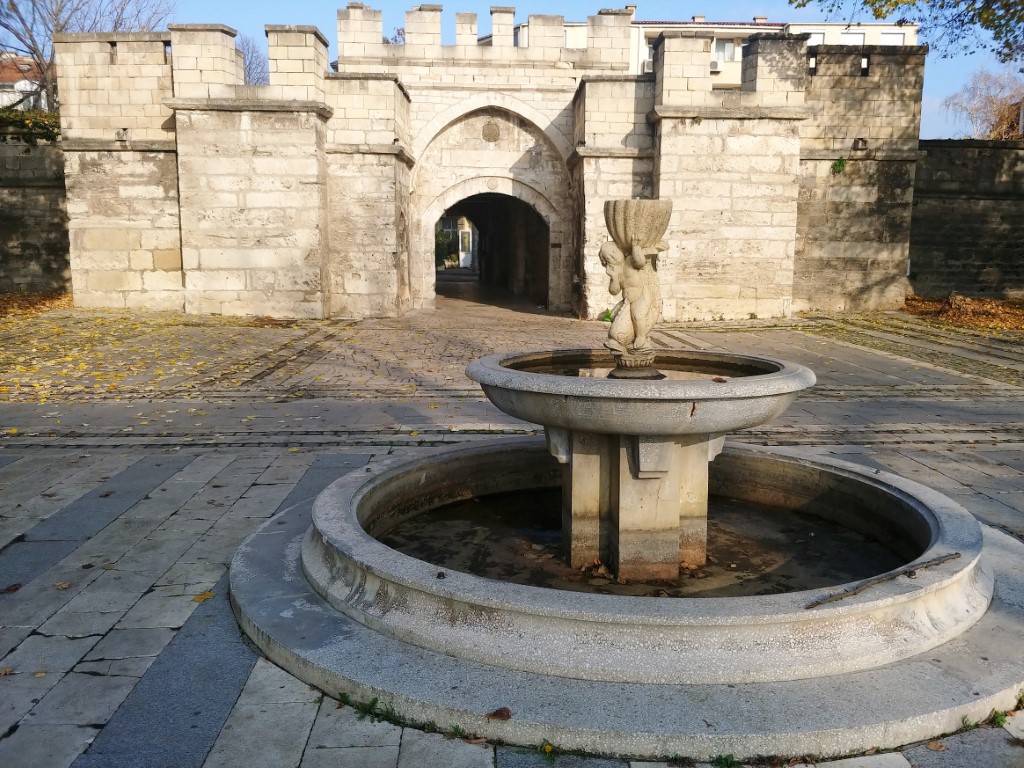
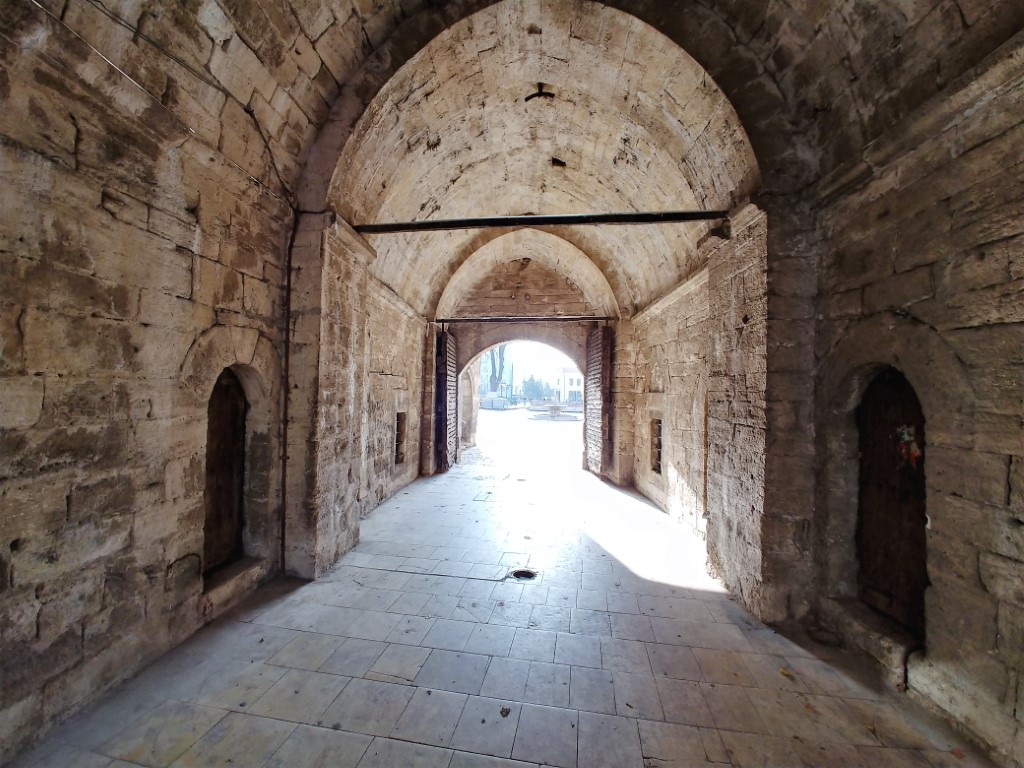
These are different gates, of course they are similar, but you can notice the differences.
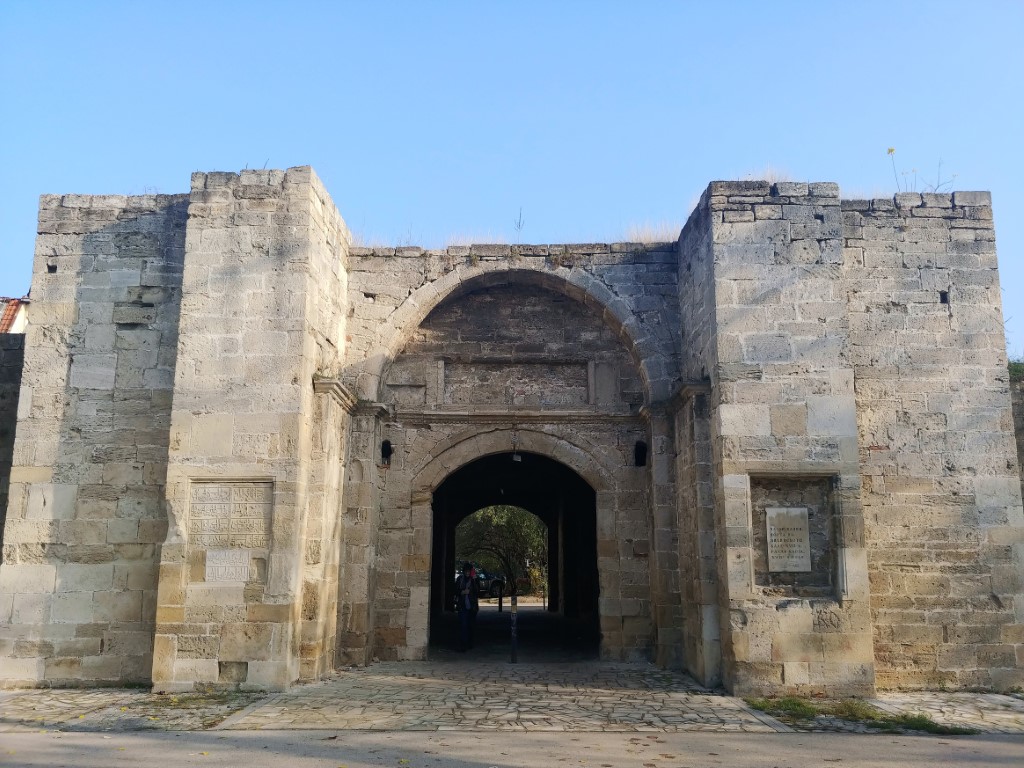
Or here is the third gate –
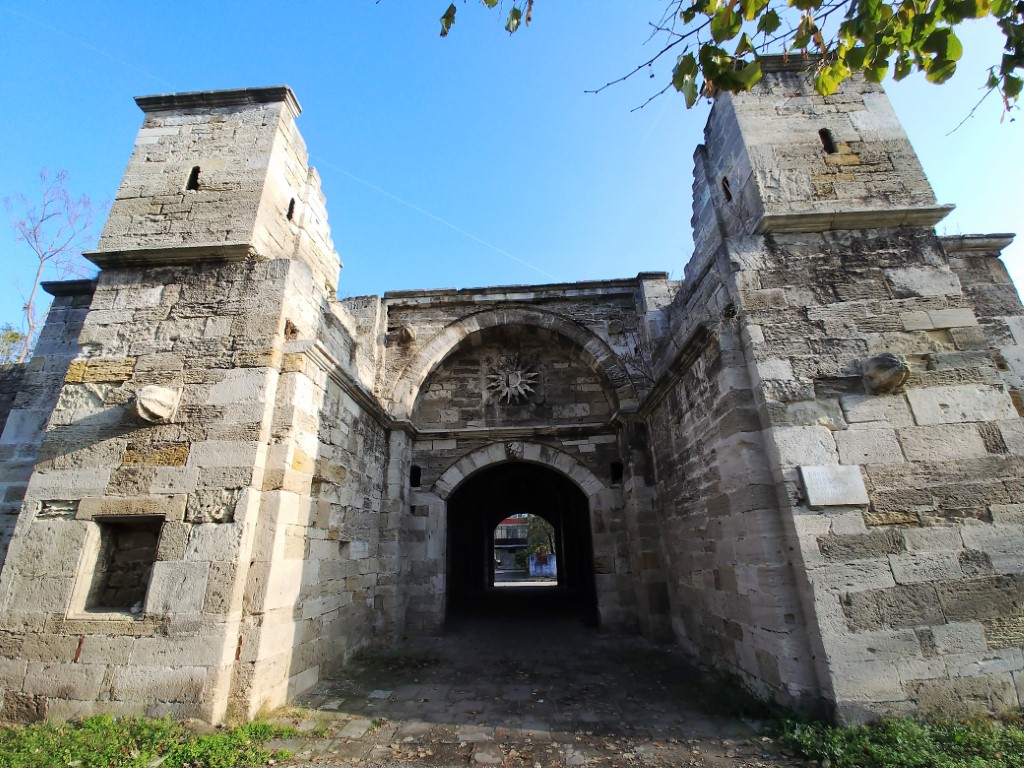
… and the fourth gate a little further –
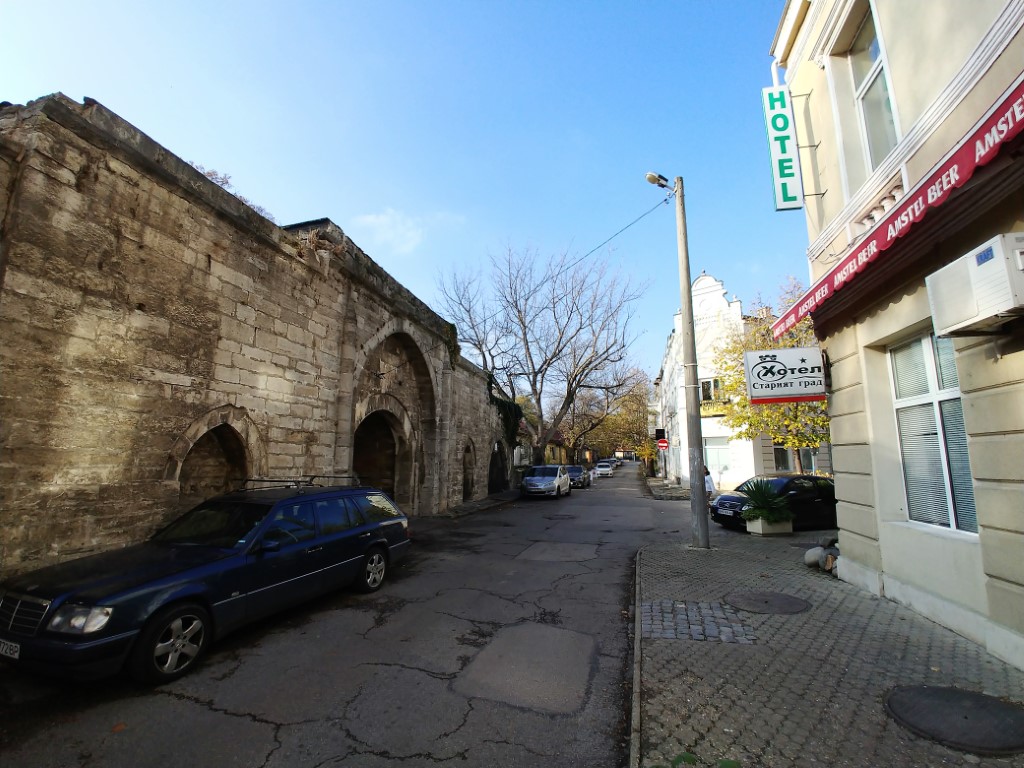
Here and there the walls remained, which, despite the demolition of the fortifications in 1878, were partially preserved.
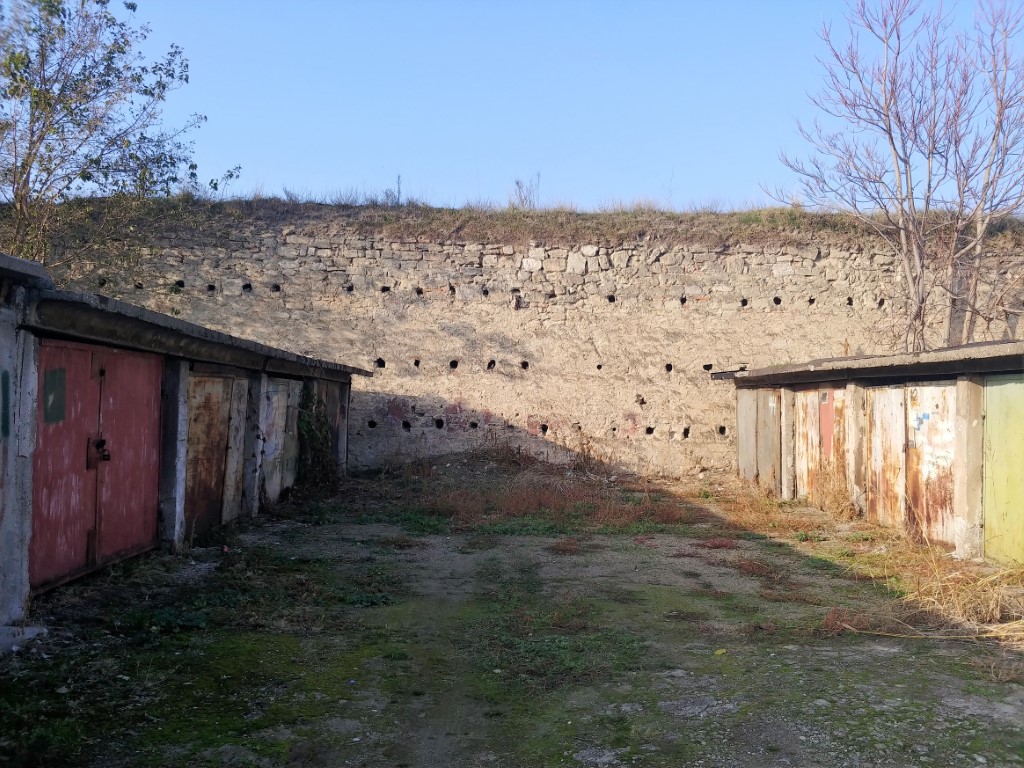
If you set yourself a goal, walking through the sleeping areas of Vidin, you will discover other traces of ancient bastions and walls. In varying degrees of security and accessibility,
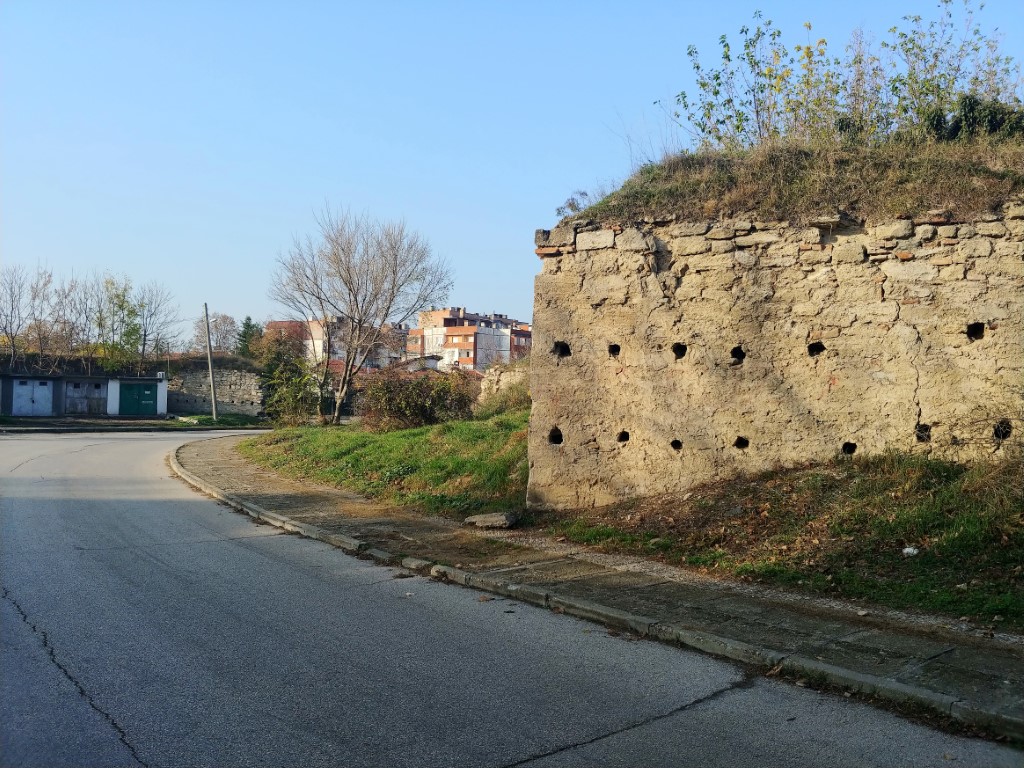
the Walls stretched even along the banks of the Danube and have survived to this day. In other words, the fortress city of Vidin was surrounded on all sides by several rows of fortifications, plus the Baba Vida fortress.
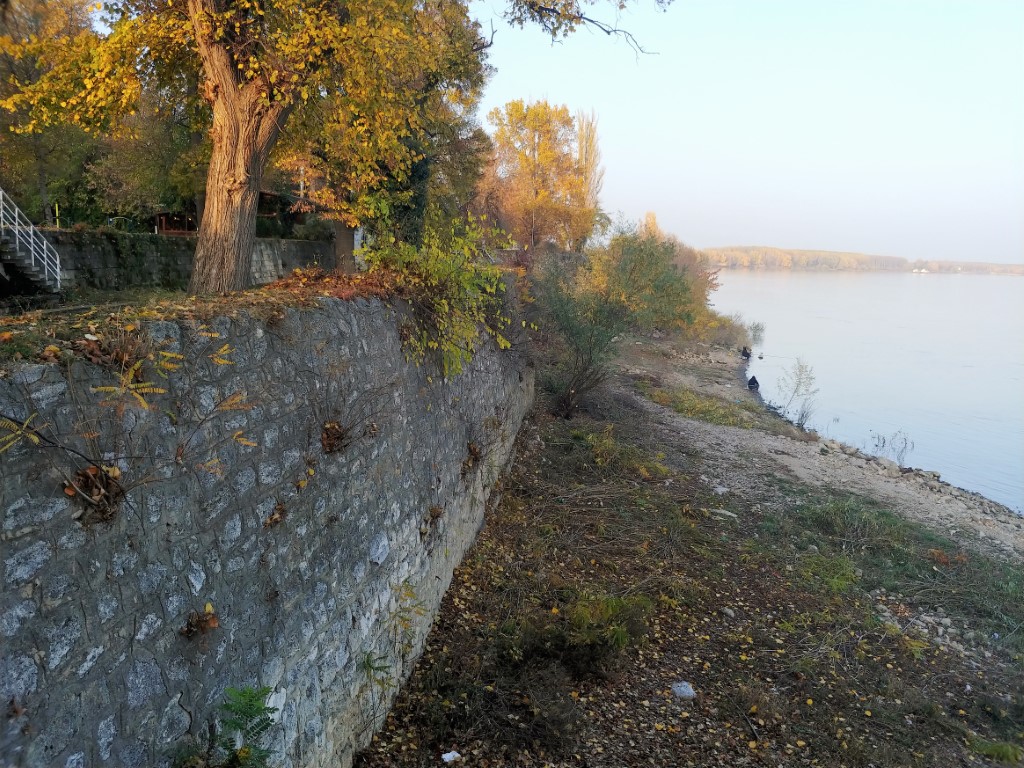
Bulgaria is not rich in fortresses. We can say that only two of them have been properly preserved: here, in Vidin and in Veliko Tarnovo. That’s all, there are no other noteworthy fortresses in the country. Baba Vida fortress is best preserved.
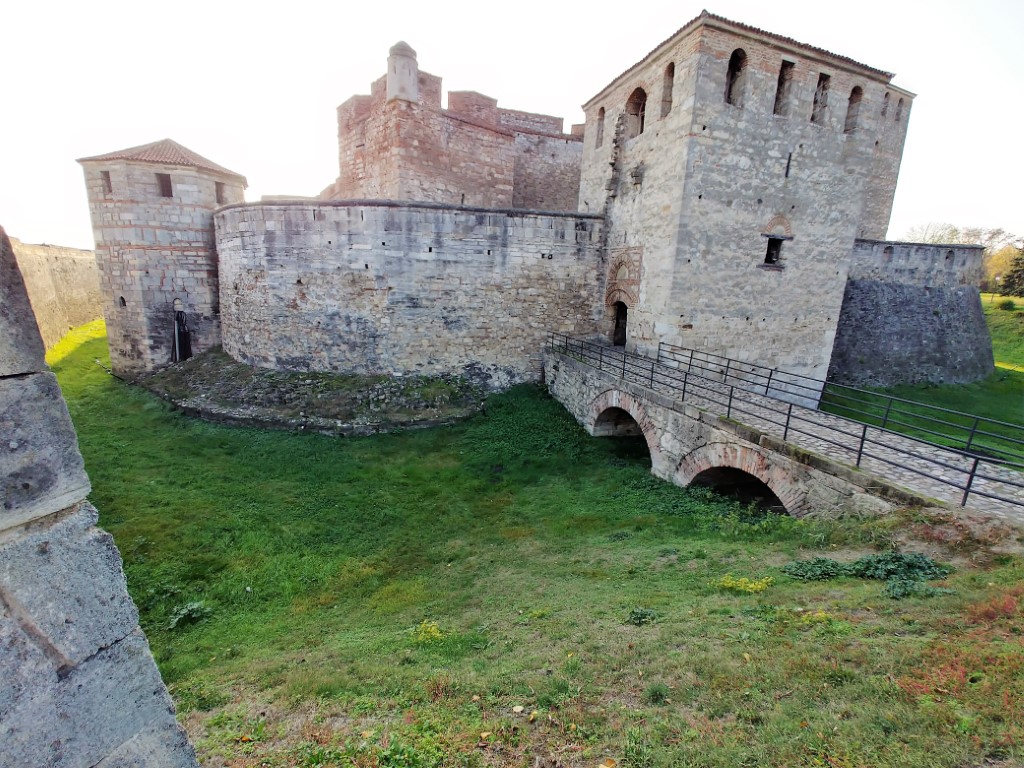
Probably the only Bulgarian fortress in the classical European sense
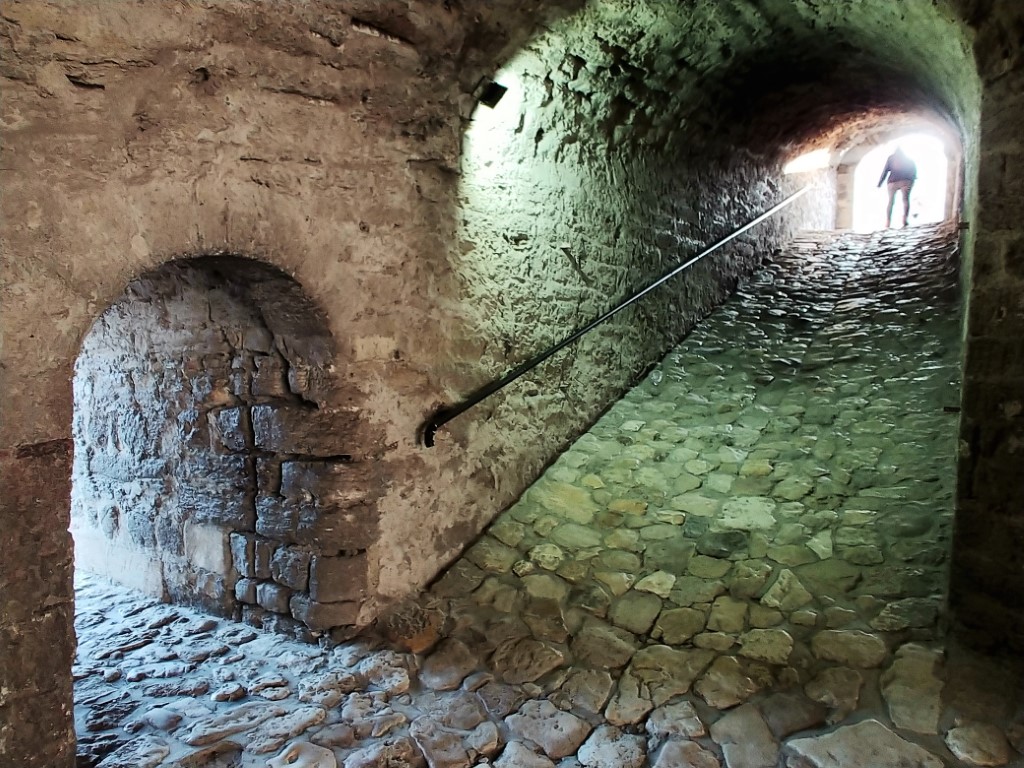
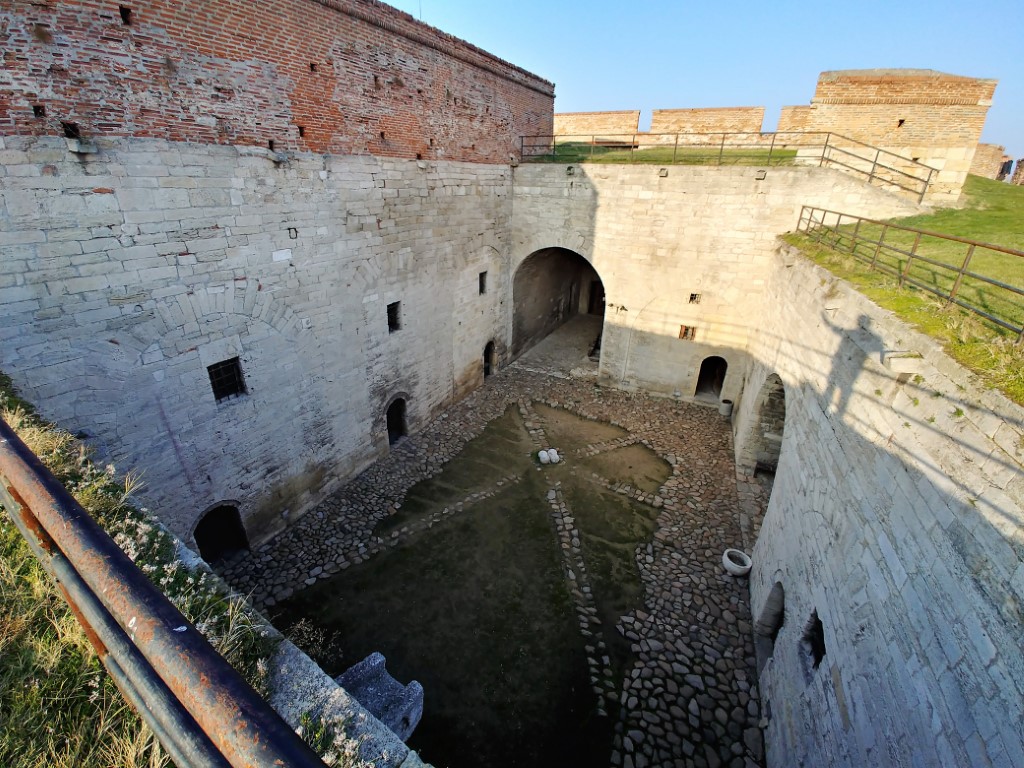
. In addition to the fortifications, Vidin is worth a few hours of leisurely walking through its historic center. Wars and socialism did not spare the once beautiful European center and in the place of ancient residences and palaces such monsters of social realism as this tower appeared.
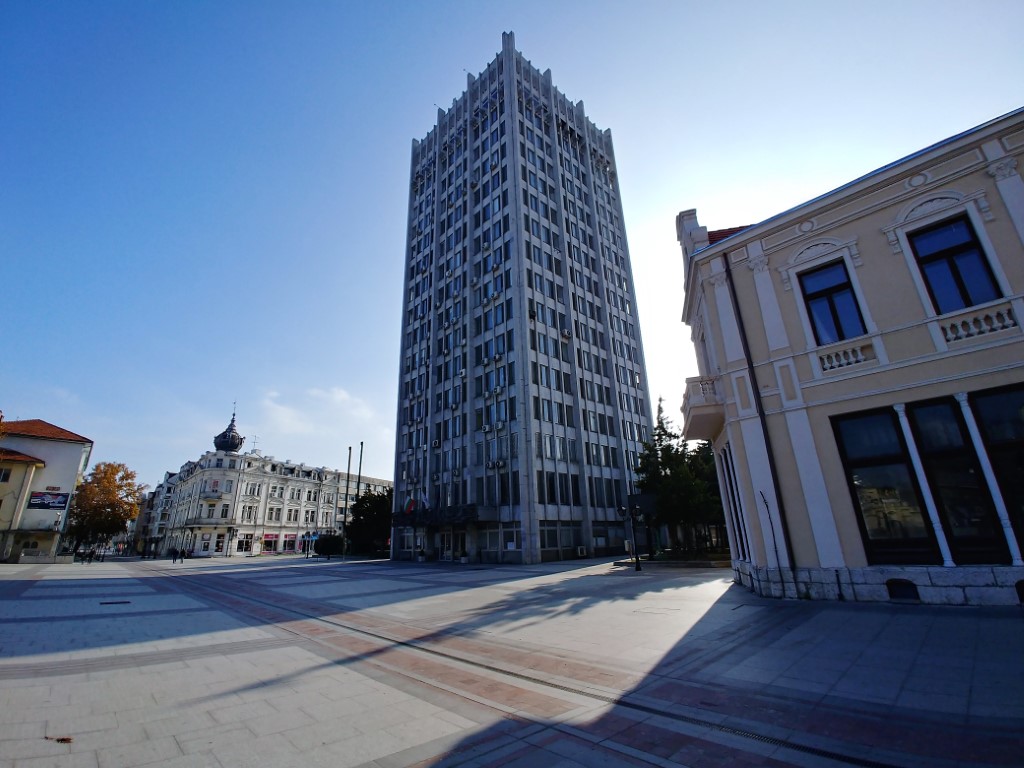
Nevertheless, some interesting houses remained –
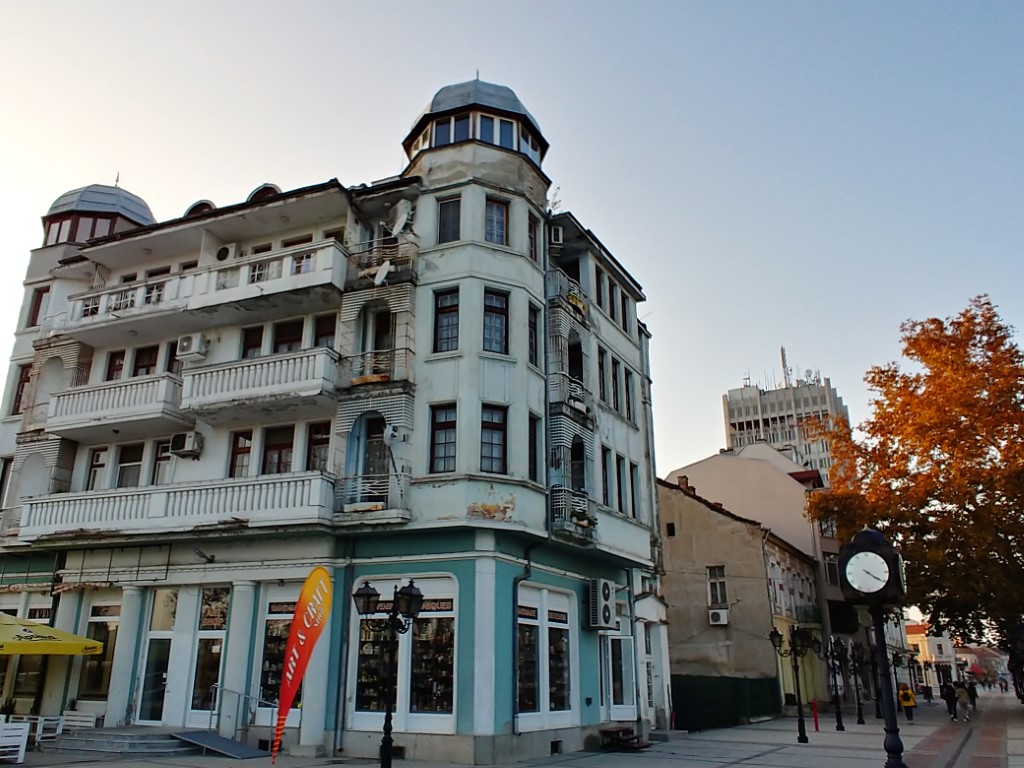
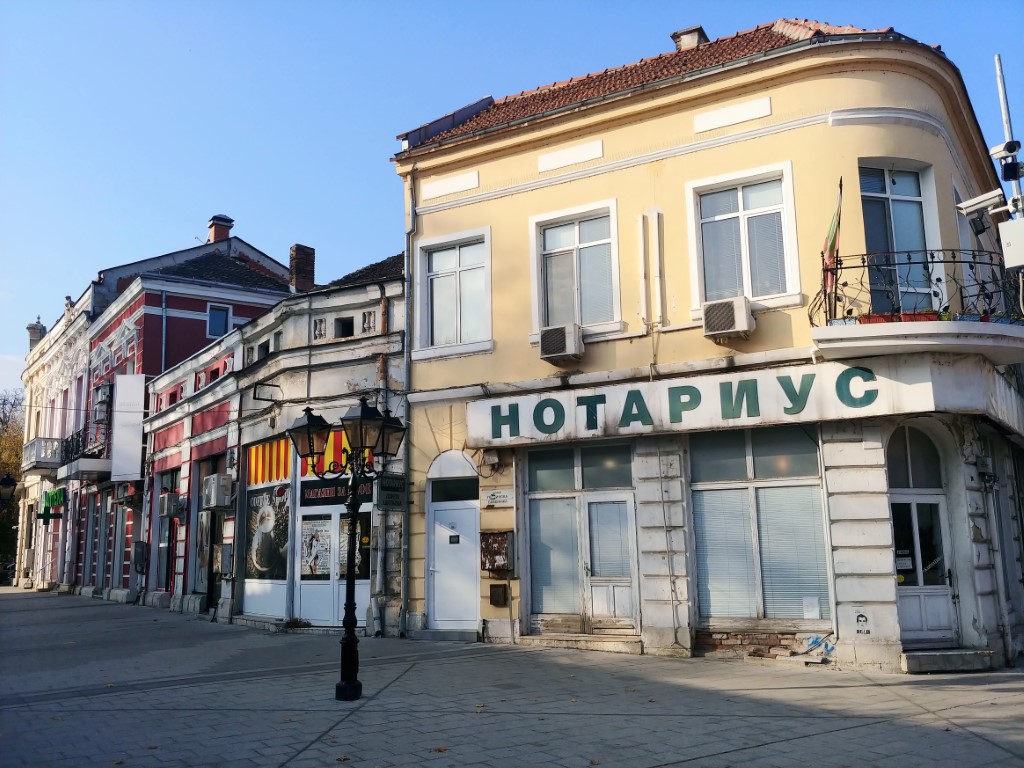
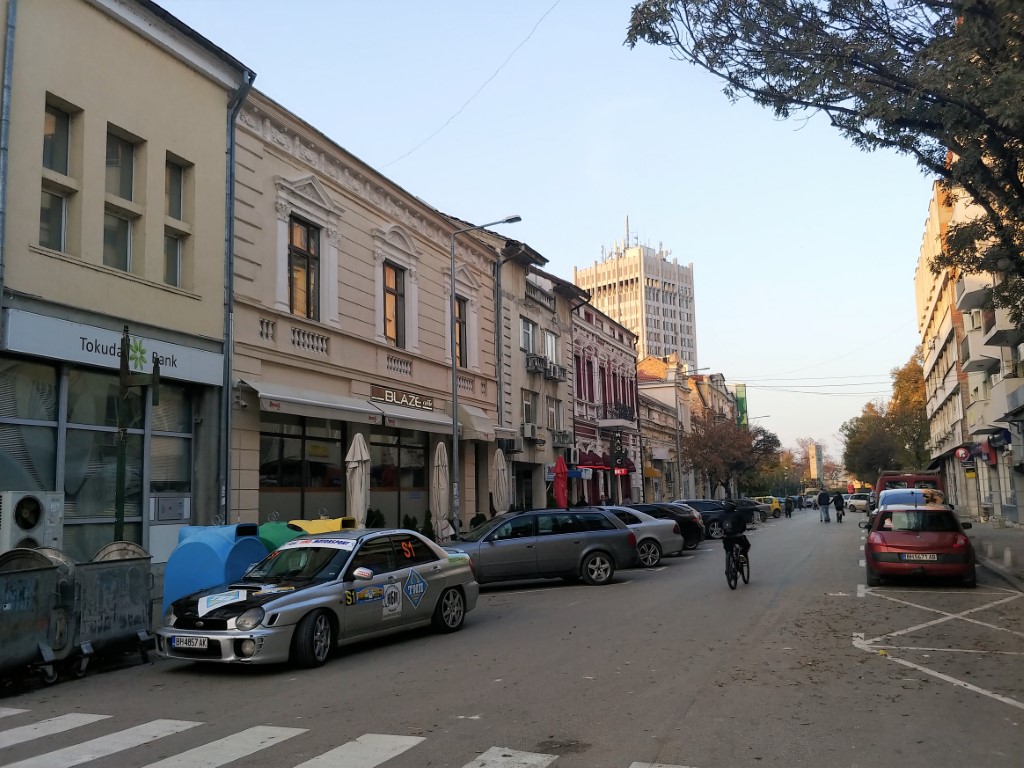
In ancient times, the city was a real Babylon of peoples and beliefs. The Turks inherited a large Muslim population (Bulgarians who converted to Islam) and although during the socialist period there was an active struggle for de-Islamization, today about 10-15% of the Videnites practice Islam. There were also many Jews here, but some of them were killed during the war and the Holocaust, and those who survived already in the fifties left Bulgaria and emigrated to Israel. Vienna Orthodox Diocese –
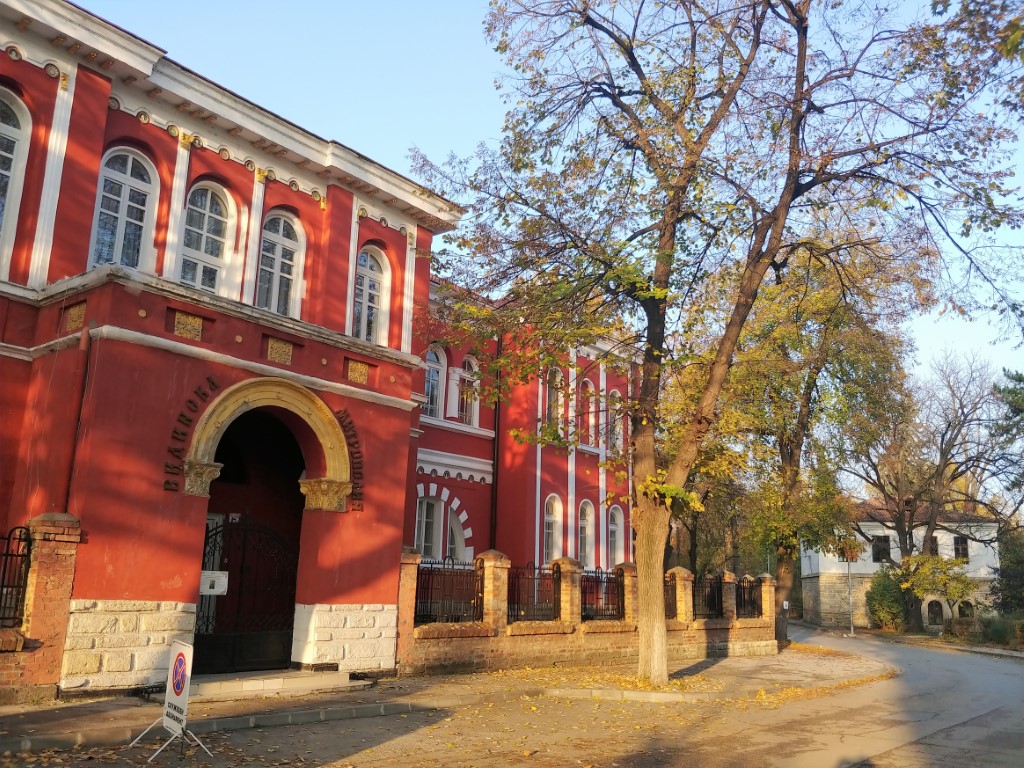
Ottoman Mosque –
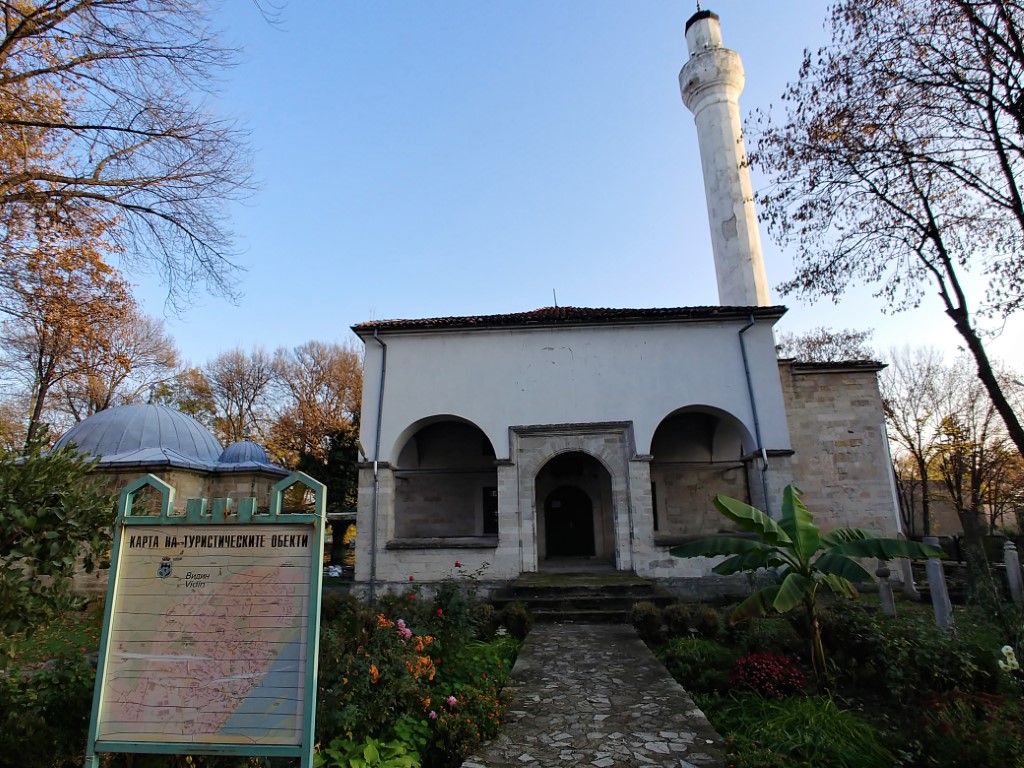
The saddest look is the local synagogue of 1894, a building that has been standing in ruins for seventy years. In the city center, next to the city park, administration, cafes and restaurants. After the war, the socialist authorities did not seek the revival of the Jewish community of the country and the city in particular, so they hastened to remove the synagogue for the benefit of the state and turn it into a warehouse. In 1970, a project to transform the synagogue into a concert hall appeared, work began, but the project was never implemented. Already after the fall of communism, in 1990, the authorities returned the synagogue to the benefit of the small Jewish community of Vidin. But the community, consisting of several hundred pensioners, had neither the funds nor the need to restore the synagogue. In 2017, the community decided to transfer the synagogue to the Bulgarian Ministry of Culture, as they volunteered to restore it. But as we see
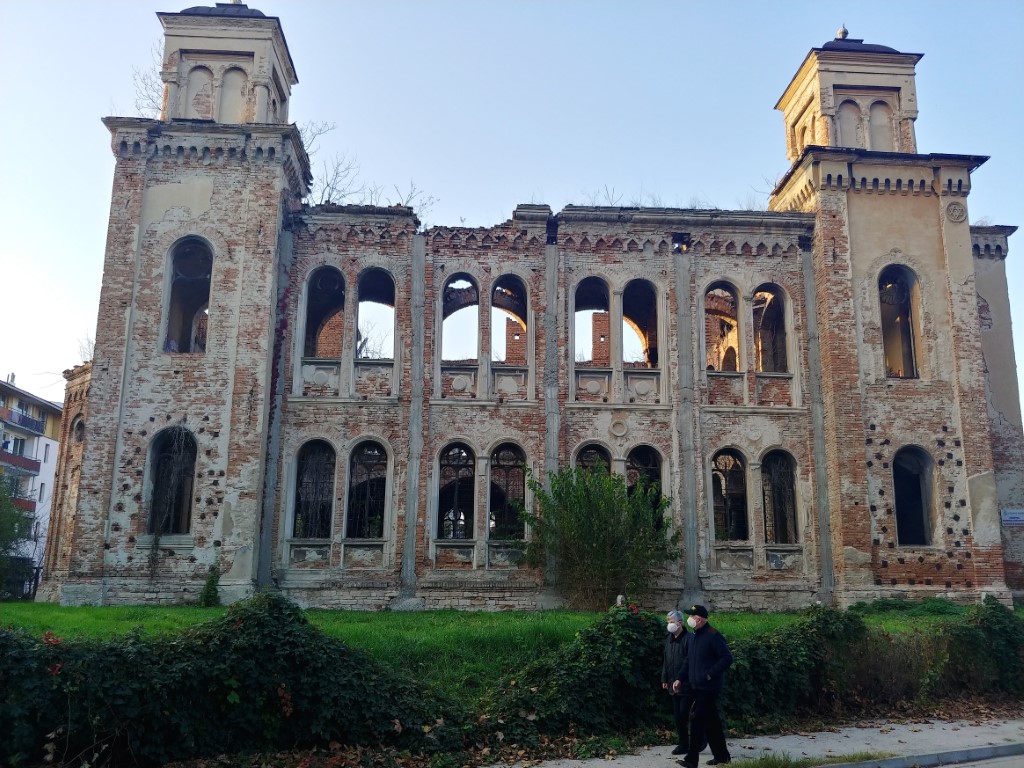
Not far from the synagogue is a monument to Bulgarian Jews, most of whom survived the Holocaust because Tsar Boris refused to follow the Nazis’ demands and send his Jews to death camps in Romania and Poland.
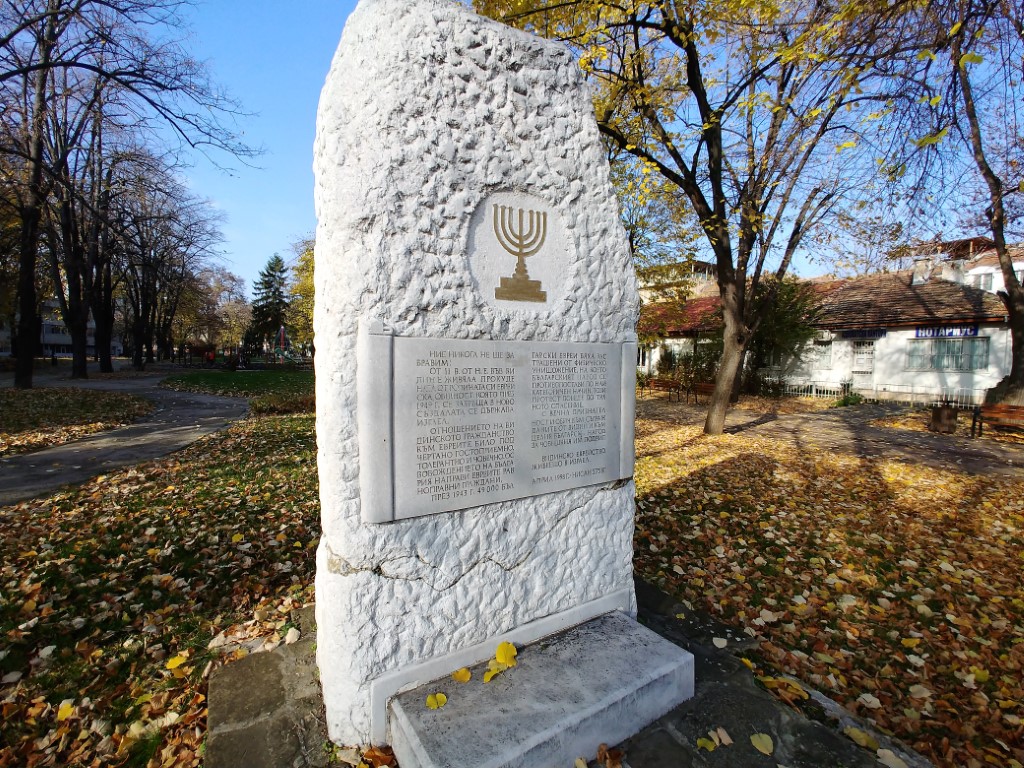
The Danube Embankment and the Romanian Bank on the Opposite Side – The
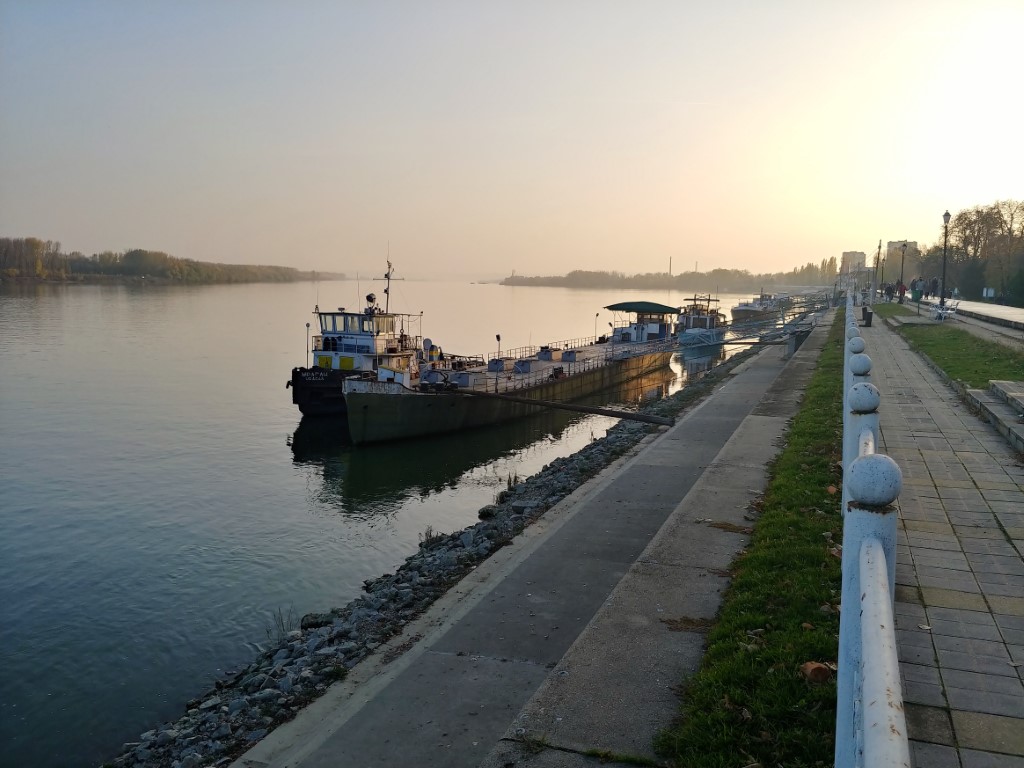
city walls used to pass here, torn down in 1878, and now the walls have been turned into flood barriers. Moreover, the local population uses this place for walks.
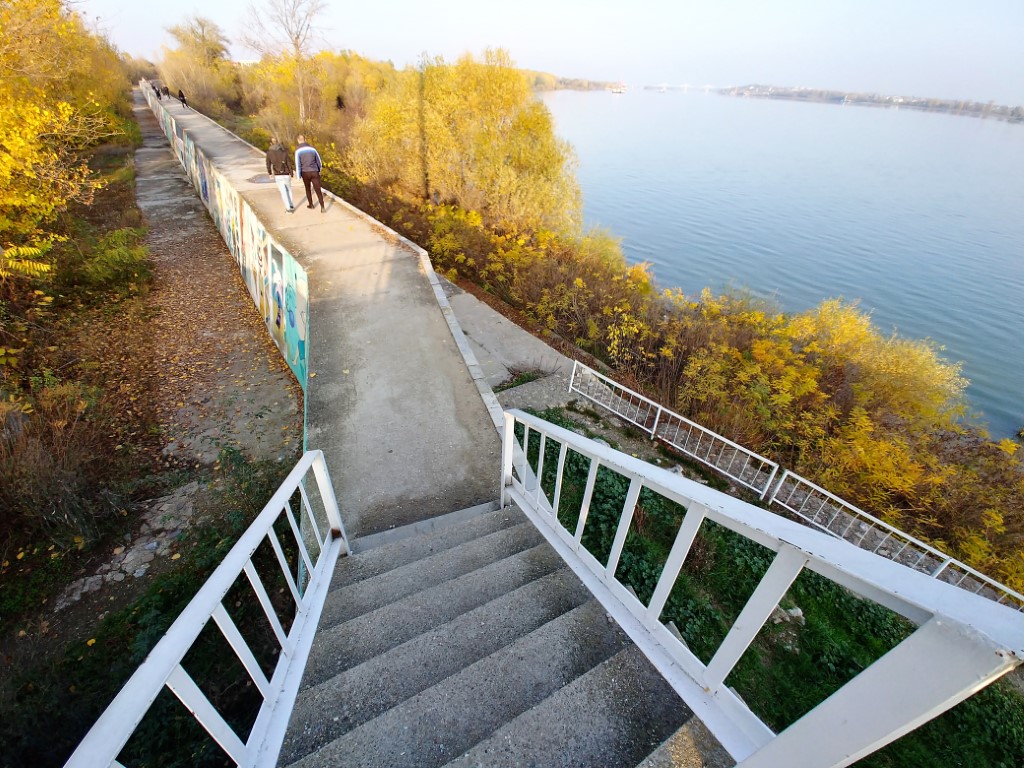
The small train station of Vidin –
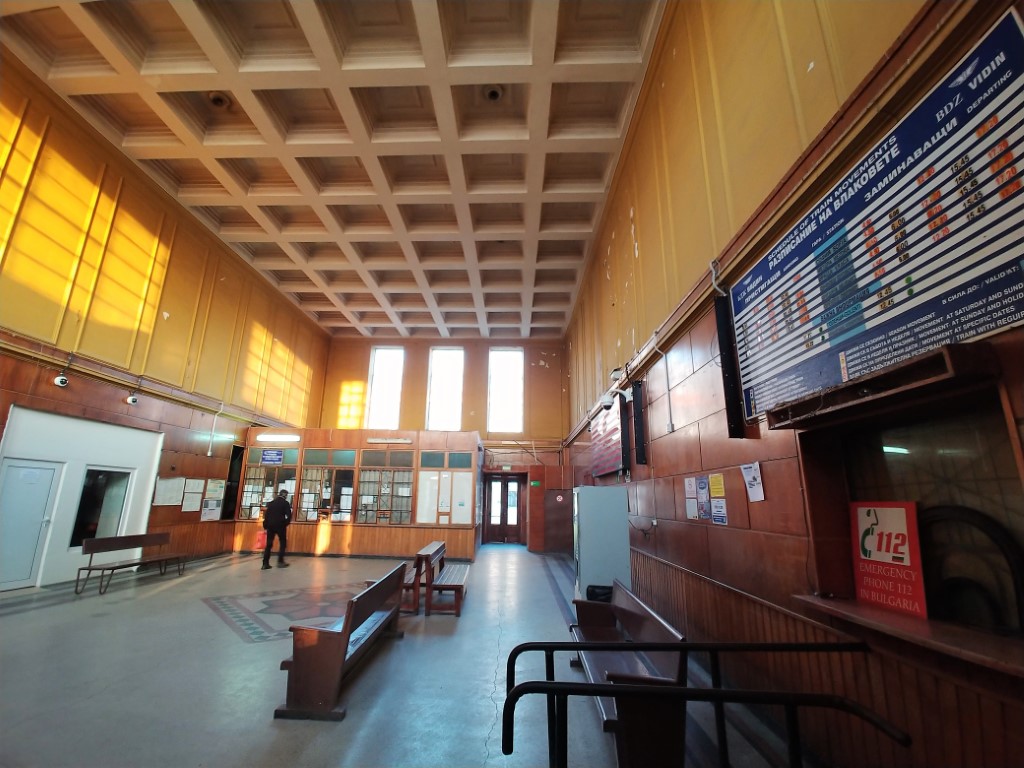
The timetables do not shine with a wealth of choices
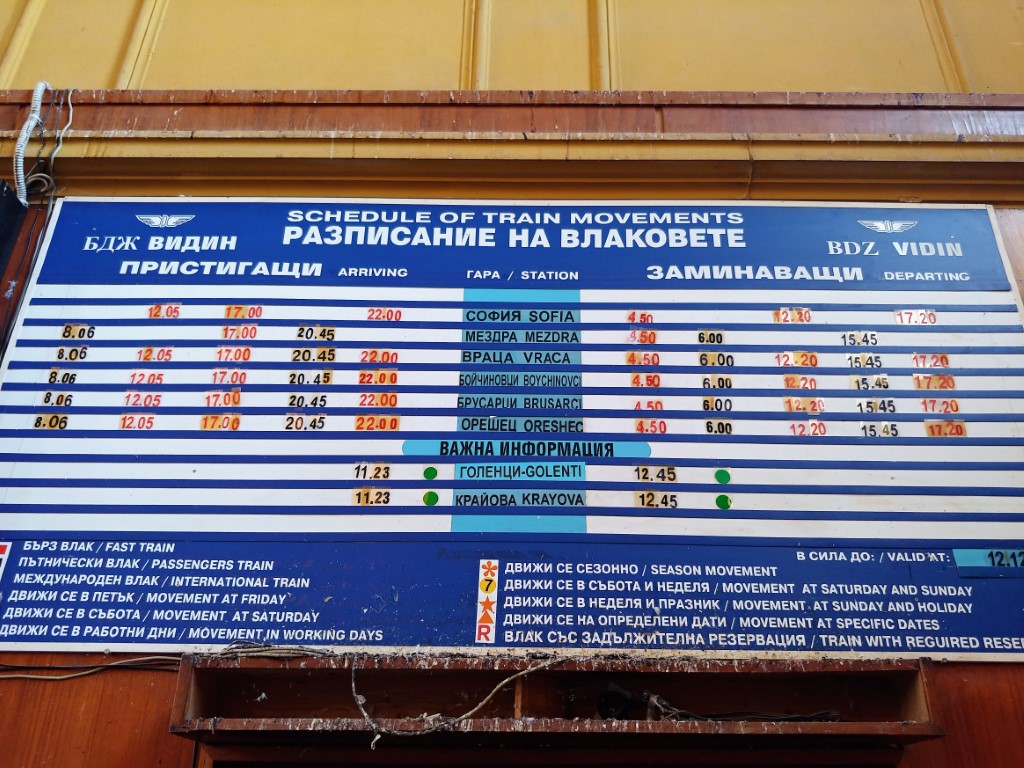
Well, we went to Sofia –
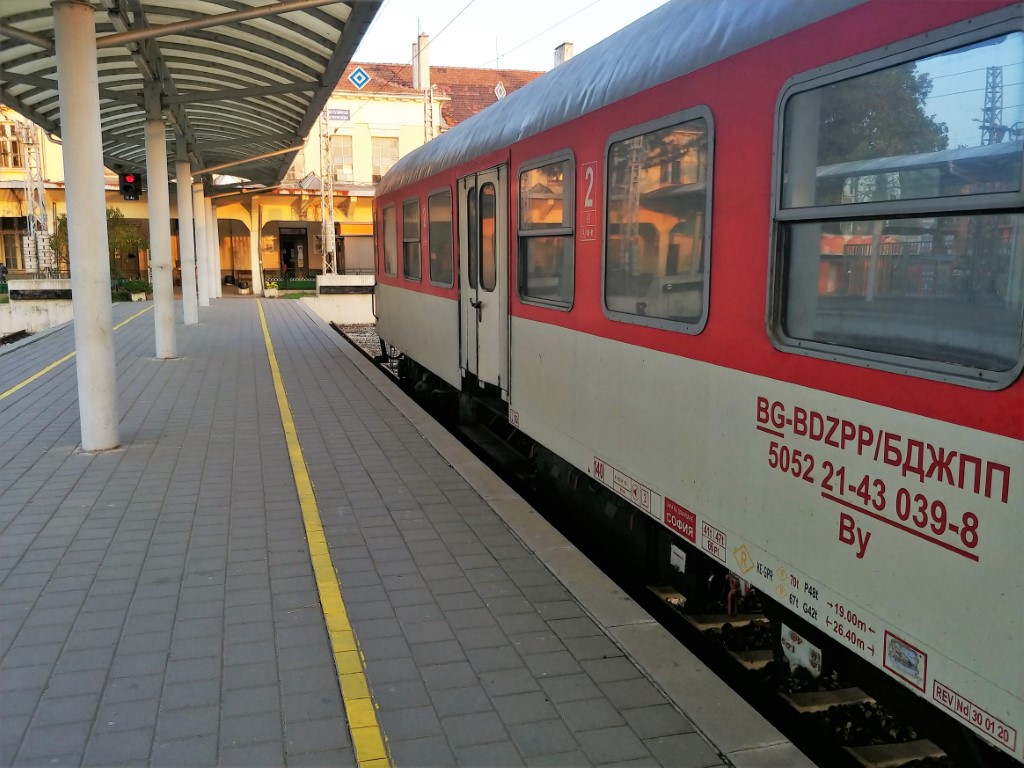
That’s it!
The fortress city of Vidin (Bulgaria)
